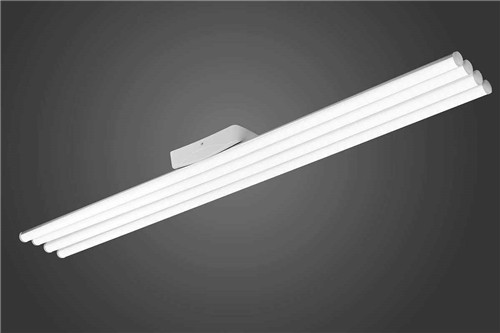Overview
We often encounter situations where the LED does not light up. Encapsulation companies, application companies, as well as units and individuals who use them may encounter them. This is what people in the industry call the failure of the lamp. There are only two reasons for this:
First, the leakage current of the LED is too large, which causes the PN junction to fail, so that the LED lamp does not light up. This situation generally does not affect the work of other LED lights.
Second, the internal connection lead of the LED lamp is disconnected, causing the LED to fail due to no current passing through it. This situation will affect the normal operation of other LED lights. The reason is that due to the low working voltage of LED lights (the working voltage of red, yellow and orange LEDs is 1.8V-2.2V, and the working voltage of blue, green and white LEDs is 2.8-3.2V), series and parallel connections are generally used to adapt to different LED lights. Operating Voltage. The more LED lights in series, the greater the impact. As long as one of the LED lights has an open circuit, the entire string of LED lights in the series circuit will not light up. It can be seen that this situation is much more serious than the first situation.
The failure of LED lights is the key to affecting product quality and reliability. How to reduce and eliminate the failure of LED lamps and improve product quality and reliability is a key problem that packaging and application companies need to solve. The following is an analysis of some of the reasons for the failure.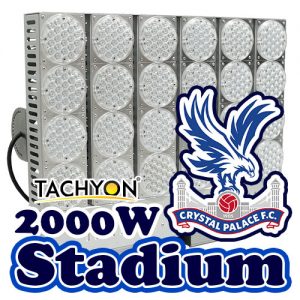
1. Static Electricity
The static electricity causes damage to the LED chip, which makes the PN junction of the LED chip fail, and the leakage current increases, turning it into a resistor.
Static electricity is a very harmful devil. There are countless electronic components damaged by static electricity all over the world, causing economic losses of tens of millions of dollars. Therefore, preventing static electricity from damaging electronic components is a very important job in the electronics industry. LED packaging and application companies must not take it lightly.
Any problem in any link will cause damage to the LED, making the LED performance deteriorate or even fail. We know that the static electricity of the human body (ESD) can reach about 3000 volts, which is enough to damage the LED chip. In the LED packaging production line, it is also very important whether the grounding resistance of various equipment meets the requirements. Generally, the grounding resistance is required to be 4 ohms, and in some occasions with high requirements, the grounding resistance may even reach ≤2 ohms.
These requirements are familiar to those in the electronics industry. The key is whether it is in place and whether there is a record when it is actually implemented. In general private enterprises, anti-static measures are not in place. Most companies can’t find the test records of grounding resistance, even if the grounding resistance test is done once a year, or once every few years. Or check the grounding resistance if there is a problem. As everyone knows, the ground resistance test is a very important job, at least 4 times a year (tested once a quarter). In some places with high requirements, a grounding resistance test is required every month.
Soil Static
Soil resistance varies with the seasons. There is a lot of rain in spring and summer, and the soil wet grounding resistance is easier to achieve. In autumn and winter, when the soil moisture is low and the soil moisture is low, the grounding resistance may exceed the specified value. The purpose of making records is to preserve the original data, so that it can be documented in the future, in line with the ISO2000 quality management system.
The test ground resistance can be designed by yourself. Packaging companies and LED application companies must do grounding resistance testing. As long as the names of various devices are filled in the form, the grounding resistance of each device is measured and recorded, and the tester’s signature can be archived.
Human body static electricity
The damage of human body static electricity to LED is also great. When working, you should wear anti-static clothing and wear an electrostatic ring, which should be well grounded. There is an electrostatic ring that does not need to be grounded, and the anti-static effect is not good, so it is recommended not to use it. If the staff who wear this product violates the operating rules, they should receive corresponding warning education, and also play the role of notifying others.
The amount of static electricity in the human body is related to the different fabrics and clothes people wear and their physique. In the dark night of autumn and winter, it is easy to see the discharge phenomenon between clothes when we take off our clothes. The voltage of this electrostatic discharge is three thousand volts.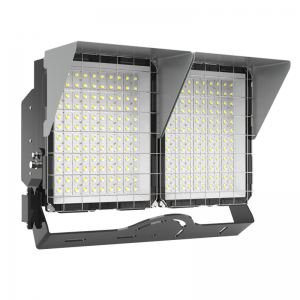
The ESD value of silicon carbide substrate chips is only 1100 volts, and the ESD value of sapphire substrate chips is even lower, only 500-600 volts. A good chip or LED, if we take it directly with our hands (without any protective measures on the body), the result can be imagined. Chips or LEDs will be damaged to varying degrees. Sometimes a good device is inexplicably broken after passing through our hands, which is caused by static electricity.
Effects of static electricity
If the packaging company does not strictly follow the grounding regulations, the company itself will suffer. It will cause the product qualification rate to drop and reduce the economic benefits of the enterprise. Similarly, if the equipment and personnel are poorly grounded, the LED company will also cause damage to the LED, and rework is inevitable.
According to the requirements of the LED standard manual, the lead of the LED should be no less than 3-5 mm away from the gel, and the legs should be bent or welded. But most app companies don’t do that. Only the thickness of a PCB board (≤2 mm) is directly welded. This will also cause damage to the LED, because the excessive soldering temperature will affect the chip, which will deteriorate the chip characteristics, reduce the luminous efficiency, and even damage the LED. This phenomenon is not uncommon.
Some small businesses use manual soldering, using a 40-watt ordinary soldering iron, and the soldering temperature cannot be controlled. The temperature of the soldering iron is above 300-400 ℃, and the excessively high soldering temperature will also cause the LED to fail. The expansion coefficient of LED leads at high temperature is several times higher than that at about 150 °C, and the internal gold wire solder joints will pull the solder joints apart due to excessive thermal expansion and contraction, resulting in failure.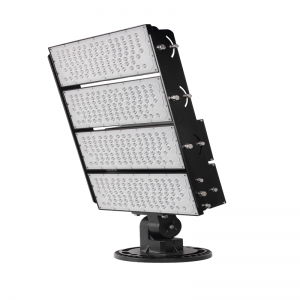
2. Analysis of the Causes of the Failure Phenomenon Caused by the Open Circuit of the Solder Joints of the LED Light
2.1 Production process and incoming materials
Material Defects
The incomplete production process of packaging enterprises and the backward inspection methods of incoming materials are the direct reasons for the failure of LEDs.
Packaging companies generally use bracket rows to package LEDs. The bracket row is made of copper or iron metal material by precision die stamping. Because copper is more expensive and affected by the fierce competition in the market, in order to reduce manufacturing costs, most companies use cold-rolled low-carbon steel to bring stamped LED brackets. The iron brackets are silver-plated. Silver plating has two functions, one is to prevent oxidation and rust, and the other is to facilitate welding. The plating quality of the bracket row is very critical, it is related to the life of the LED. The treatment before electroplating should be carried out in strict accordance with the operating procedures. Derusting, degreasing, phosphating and other procedures should be meticulous. Control the current during electroplating. The thickness of the silver-plated layer should be well controlled. If the coating is too thick, it will increase the cost, and if the coating is too thin, it will affect the quality.
Defects in production process
Because the general LED packaging companies do not have the ability to inspect the plating quality of the bracket row, this gives some electroplating companies an opportunity to thin the silver-plated layer of the plated bracket row and reduce the cost. The general packaging company IQC lacks the inspection means for the bracket row, and there is no instrument to detect the thickness and fastness of the bracket row plating layer. So it’s easier to get away with it. 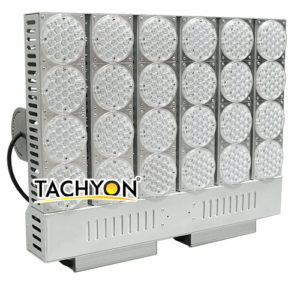
Some bracket drains rust after months in the warehouse, let alone used. It can be seen how poor the quality of electroplating is. Products made with such a bracket row are definitely not used for a long time, not to mention 30,000-50,000 hours, even 10,000 hours are a problem.
The reason is simple, there is a period of southerly weather every year. In such weather, the humidity in the air is high, and it is easy to cause embroidery of metal parts with poor electroplating, which makes LED components fail. Even if the packaged LED is too thin, the silver-plated layer will not have strong adhesion, and the solder joint will be separated from the bracket, causing the LED lamp to fail. This is what we have encountered when a well-used light is not lit, in fact, the internal solder joint is detached from the bracket.
(To Be Continued)

